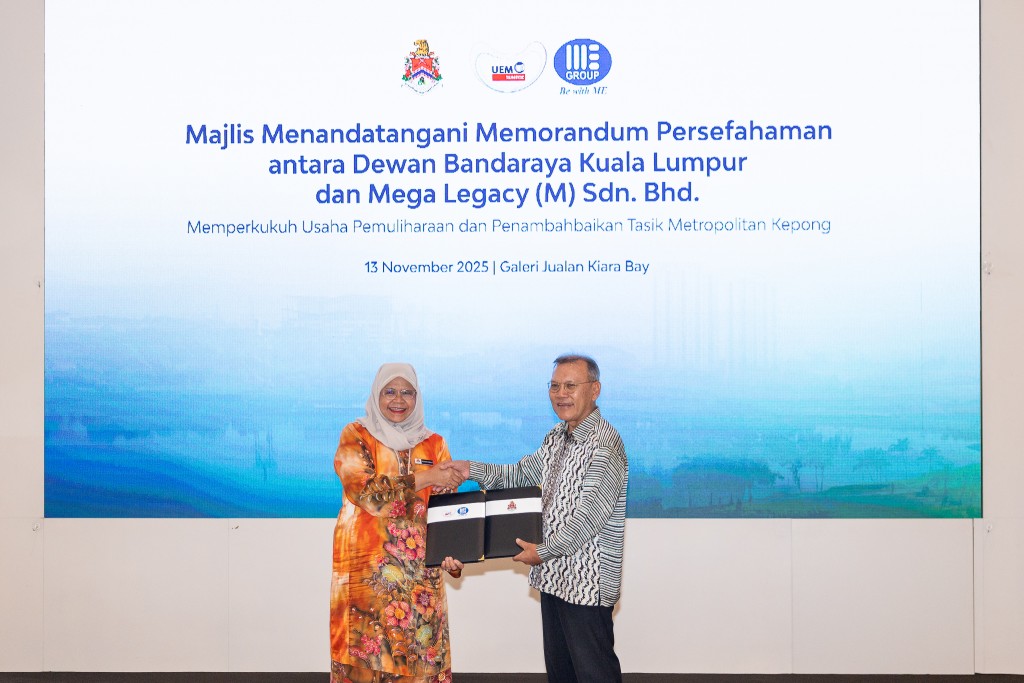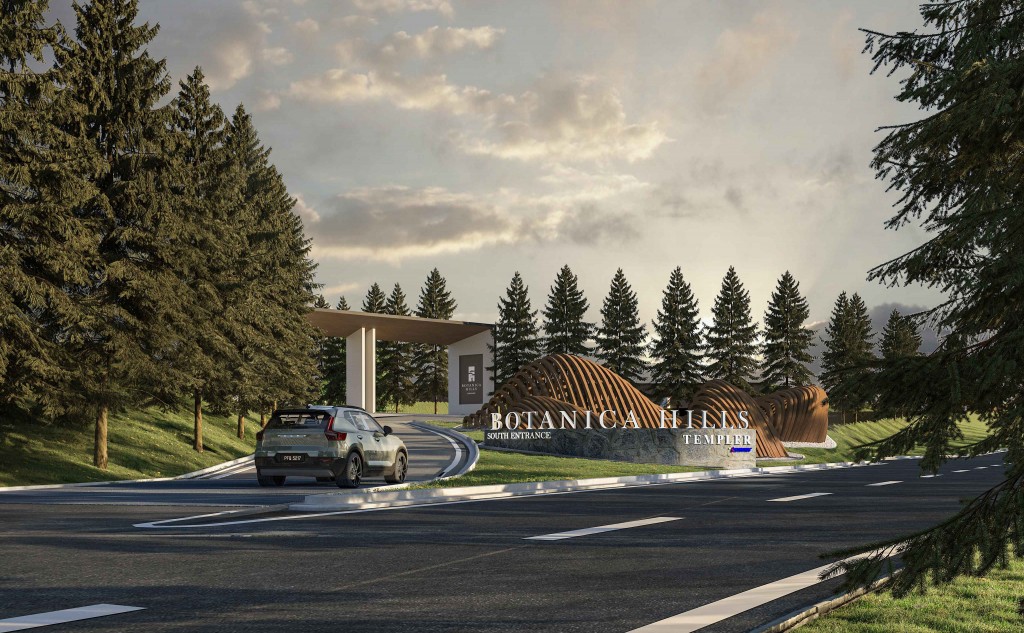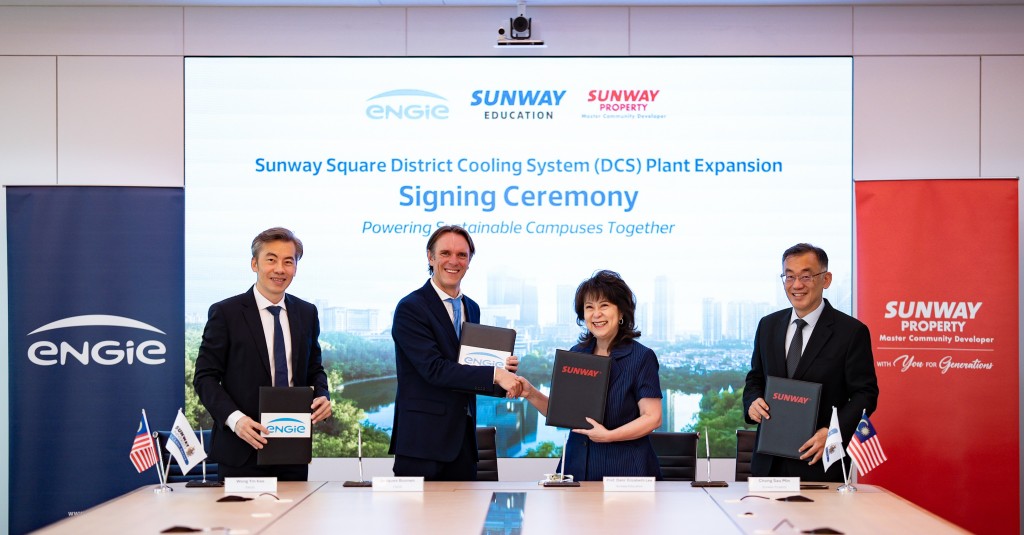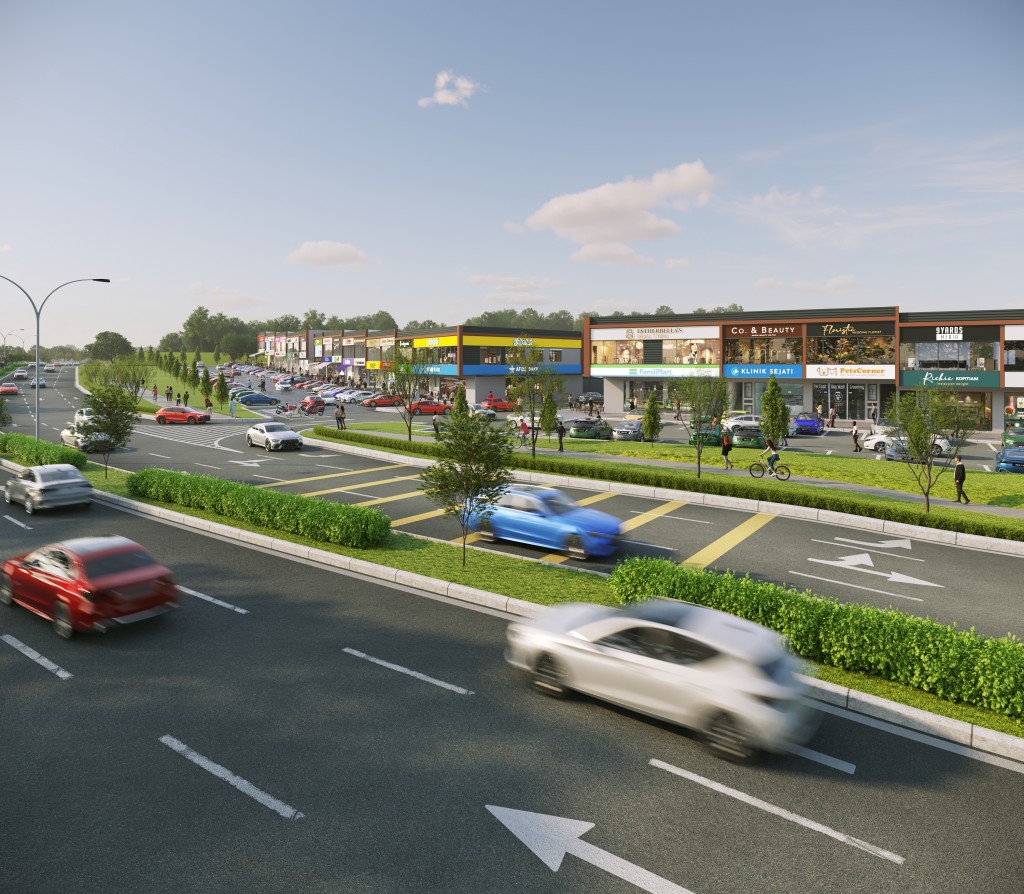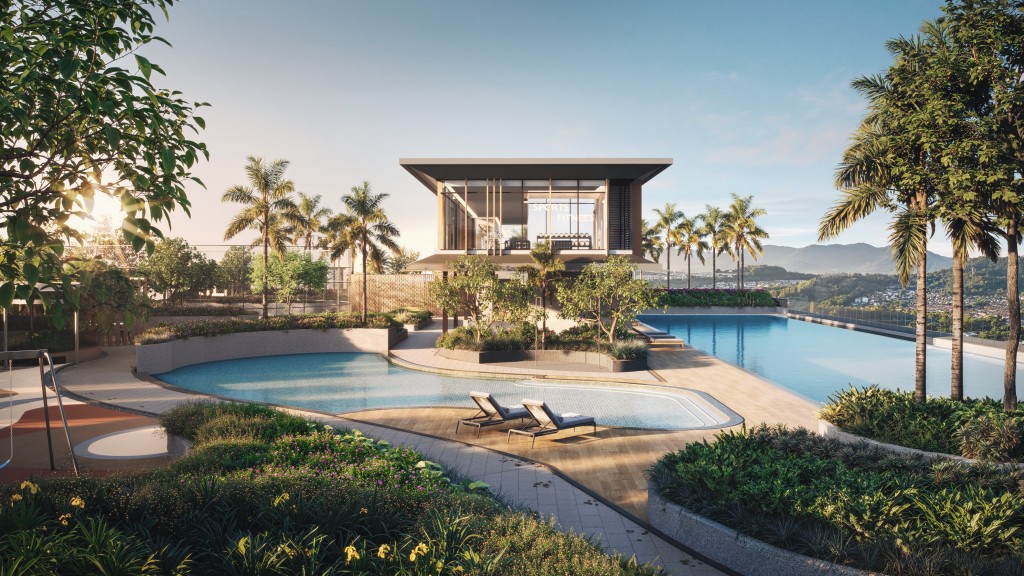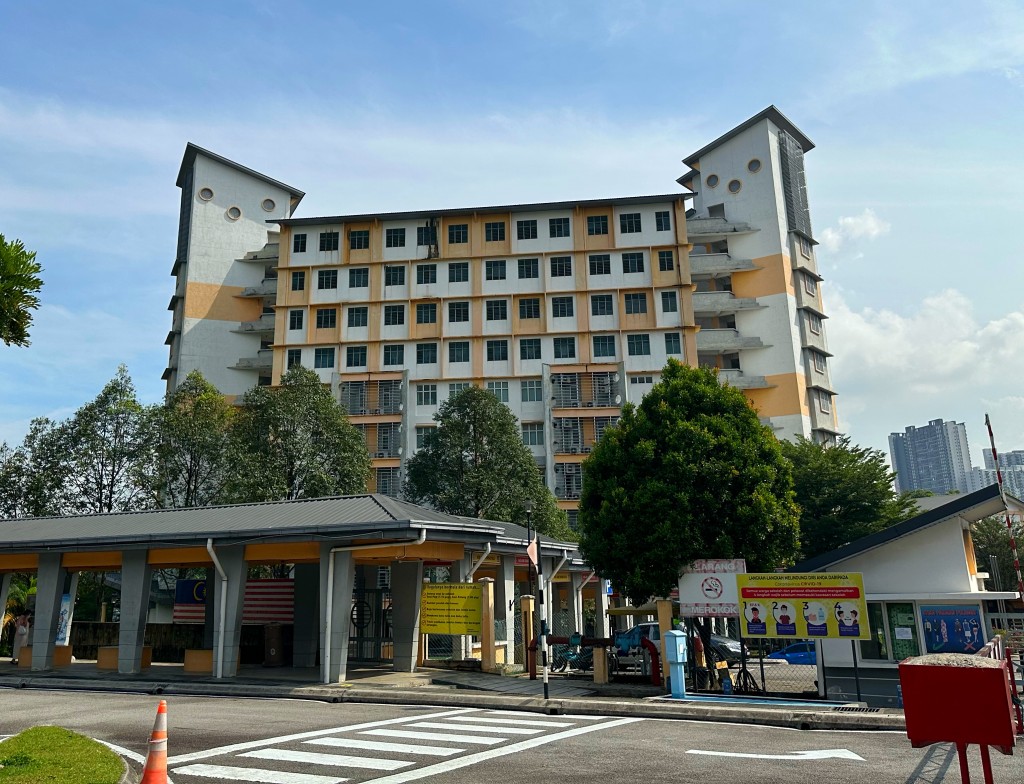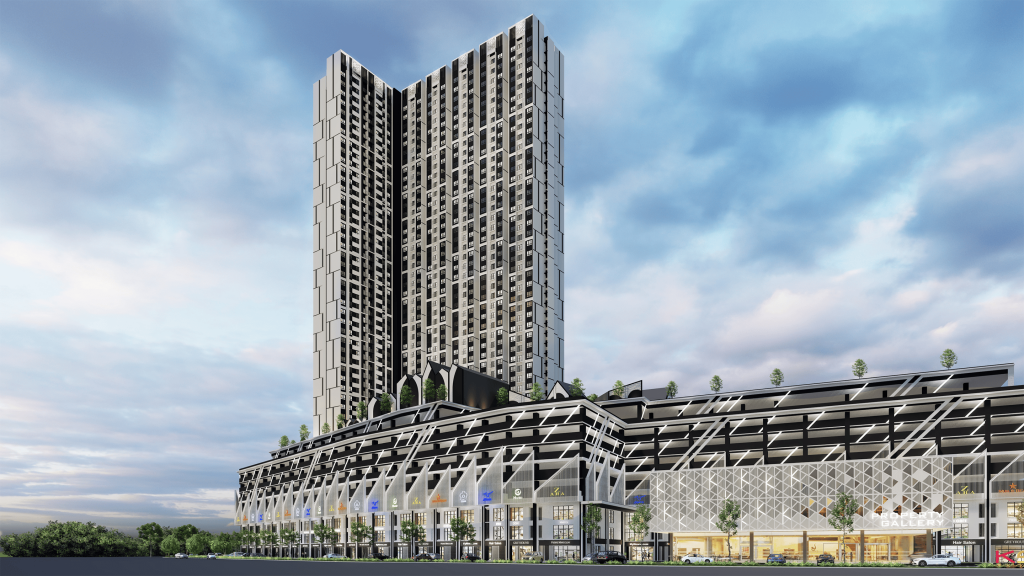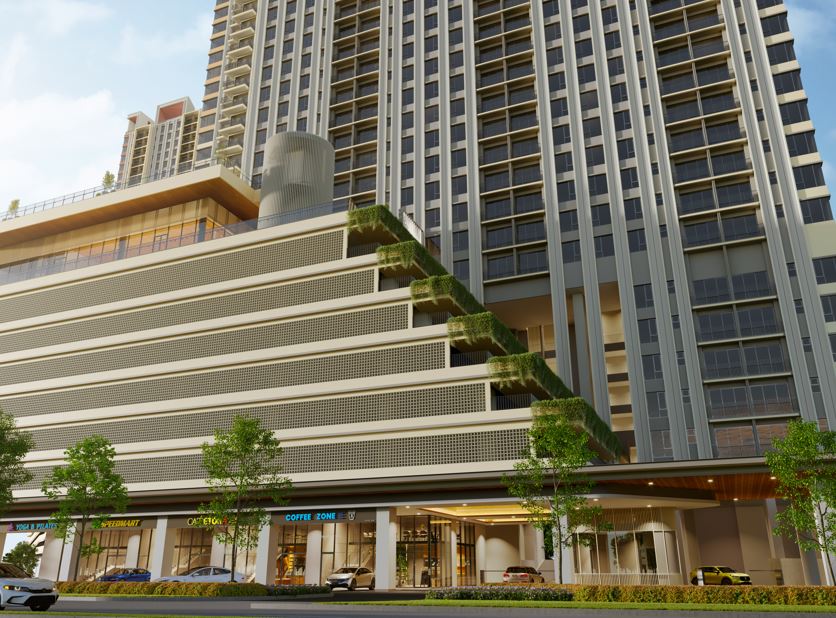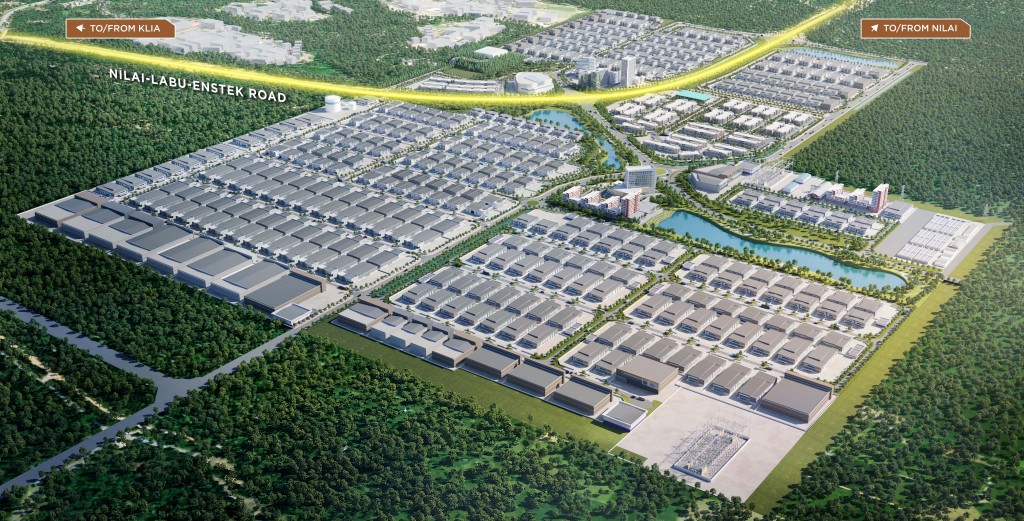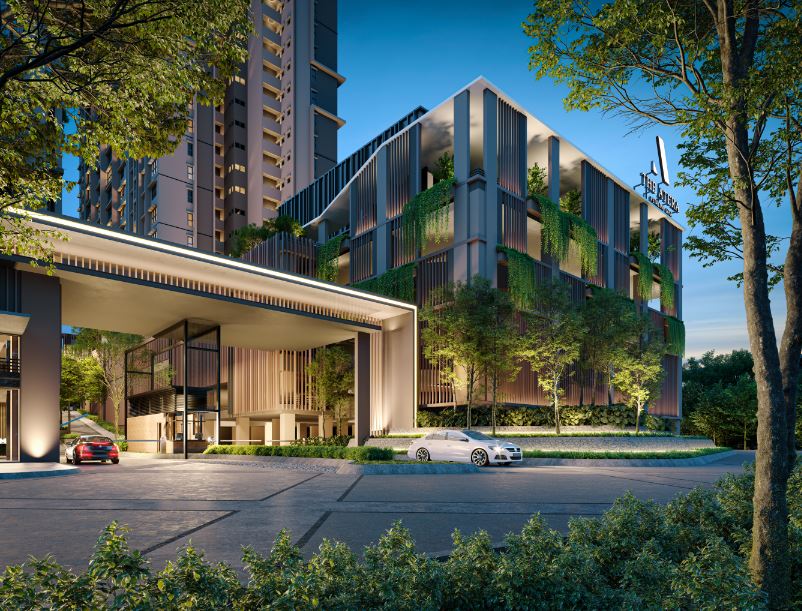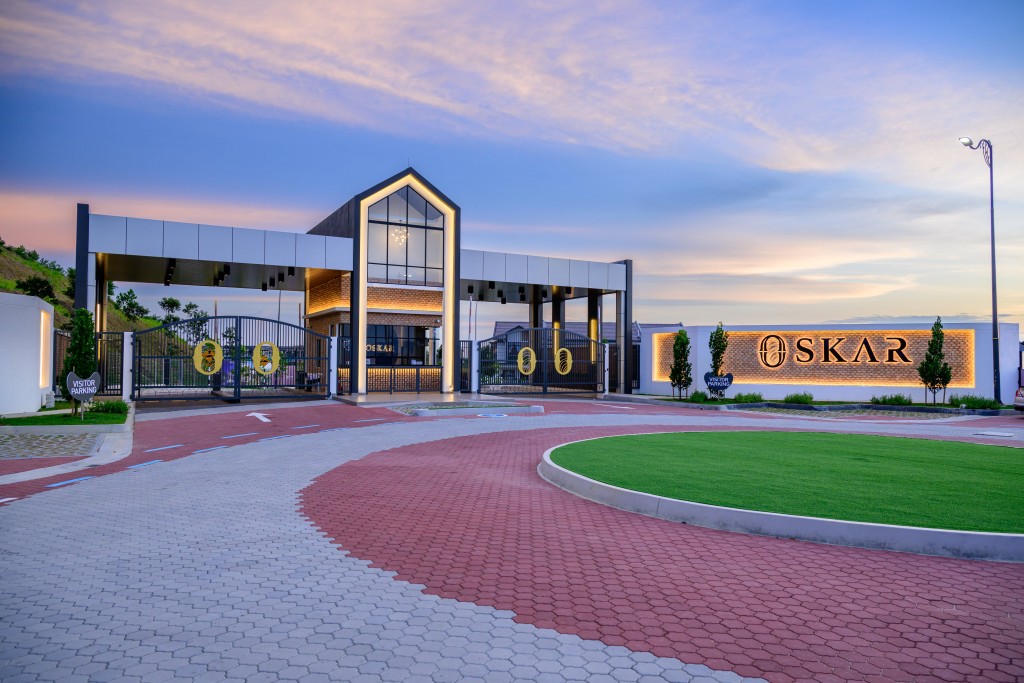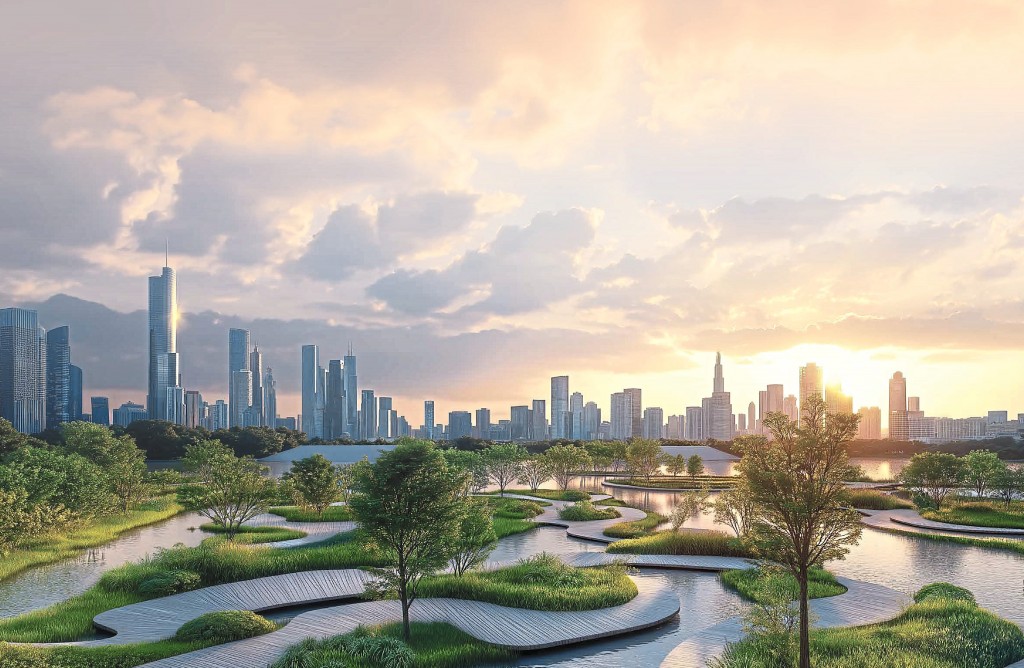
Despite talks of digitalisation, many developers say approval delays are bleeding projects dry. How can a truly modernised approval system shave costs and waiting times for homebuyers?
Developers question the efficiency of one-stop centres
Buildings involve so much more than concrete, steel, aluminium and glass. Worldwide, every new building under construction didn’t just start mere months ago; it began years earlier with meticulous planning, long before the first pile was driven into the ground. Behind the scenes, developers navigate a long and fragmented approval process that does more than ensure compliance. It decides how resilient, sustainable and liveable our cities will be.
But despite talks of digitalisation, many developers say approval delays are bleeding projects dry. How can a truly modernised approval system shave costs and waiting times for homebuyers?
Climate resilience in the approval process
In recent years, development approvals have been layered with new, layered dimensions. One such example is the climate change and disaster risk management dimension. Local authorities now require developers to consider how projects will withstand floods, landslides and extreme weather, all hazards that have grown more frequent and costly.
For developments in Special Area Management Zones (SAMs) or disaster-prone areas, approval is contingent on resilience measures being built into the plans. This is part of Malaysia’s push to adopt the Build Back Better concept, where reconstruction and new development are designed to be safer and stronger than before.
To support this, developers must submit a growing number of technical reports alongside their proposals. These include climate impact assessments, Environmental Impact Assessments (EIA), geotechnical studies, geological assessments, slope analyses and runoff management plans. Each may require separate endorsements from technical departments such as the Drainage and Irrigation Department (DID), Public Works Department (JKR) or Minerals and Geoscience Department (MGD).
These may sound like complicated, technical hurdles but they are safeguards to protect lives, investments and cities themselves. As planners generally note, a delayed approval can be frustrating but a failed slope or flood-prone design would be far more costly in human and financial terms.
Bottlenecks and inefficiencies
Yet, even as resilience requirements grow, developers point to bottlenecks that slow projects unnecessarily. Prolonged approvals, fragmented digital systems, frequent regulatory changes and inconsistent standards across states are recurring pain points.
“Time is money. Maybe time is the biggest factor and opportunity if we can increase efficiency,” said Sime Darby Property Bhd group managing director and chief executive officer Datuk Seri Azmir Merican, who noted that township-scale projects could particularly gain from faster decision cycles.
Developers argue that Malaysia’s One Stop Centre (OSC), launched to streamline submissions, has not fully lived up to its name. “Currently, our one-stop centre is only restricted to a particular state. But many projects require both state and federal consent. If these could coexist in a single process, it would be faster,” suggested Tropicana Corporation Bhd chief executive officer Ong Chou Wen.
In Johor, Ong pointed out, approvals can involve as many as 14 separate technical departments before a building plan is endorsed. “The one-stop centre today is more of a collection centre. You still need to follow up constantly with officers and technical meetings. There’s a lot of room to improve to seriously make it like a one-stop centre,” he said.
The unevenness across municipalities adds another layer of complexity. UEM Sunrise Bhd chief marketing officer Emily Teh highlighted stark contrasts, stating approval times vary from state to state in her experience.
Reform attempts and bright spots
There are glimmers of change. The Speed Selangor initiative promises approvals within 30 to 40 days for selected projects while Penang recently green-lit the massive 38,000-unit Rumah Madani Bakat Baru project in just 36 days.
“These examples show that if the government is determined, there is hope,” said Real Estate and Housing Developers’ Association Malaysia (Rehda) president Datuk Ho Hon Sang. Still, he cautioned that bottlenecks often come from external agencies and utilities rather than planning departments themselves.
“Actually, many times, this approval is stuck because of external parties. For example, regarding roads, this isn’t just about the development itself. It's about negotiating with JKR and other agencies. I remember a project where we needed to bring a pipe 8km to a small site. Just imagine the cost for that 8km. We had to bargain to make it cheaper, which took several months. All these factors together make the approval process very long, unlike in other countries where services are just next to your doorstep and sufficient because they have planned for it,” recalled Ho.
Other ideas raised by developers include parallel approvals (allowing multiple technical departments to review submissions simultaneously rather than sequentially), fast-track lanes for mega projects and even blockchain-based land registries to prevent title disputes and improve transparency.
Paperwork and planning layers of control
The Kuala Lumpur Local Plan 2040 (KLLP2040) illustrates how approvals are evolving beyond engineering compliance. The Kuala Lumpur City Council (DBKL) has introduced seven planning control layers that overlay zoning rules with social, cultural and symbolic considerations.
For example, the Heritage Areas and Buildings control layer preserves architectural character in the city centre, ensuring modern towers do not erase Kuala Lumpur’s cultural identity. A Height Control Zone around Istana Negara protects the dignity of the palace while a Line of Sight control ensures iconic landmarks like KL Tower and Petronas Twin Towers remain visible as city symbols.
Other controls go further into social equity. The Affordable Housing (RMM) planning control layer ensures redevelopment projects retain or increase the number of affordable units for B40 and M40 households. Meanwhile, the Public Open Spaces in Private Schemes (OS4) initiative mandates accessible greenery even in dense high-rise developments, contributing to the city’s target of 20 square metres of open space per resident by 2040.
The stakes of approval
As of the most recent city planning data, KL still has around 3,954 acres of undeveloped land, most of it uncommitted. How these parcels are unlocked through the approval process will determine the city’s density, affordability and sustainability for decades to come.
For developers, delays and inefficiencies are not just frustrations. They also raise costs that are ultimately borne by buyers. “Every day lost to approvals makes homes more expensive,” said Teh.
More than red tape
Critics often dismiss the approval process as red tape. But in truth, every requirement from a slope analysis in a hillside project to a height limit near the Istana is a deliberate safeguard. They are designed to balance economic growth with safety, identity and equity.
Malaysia’s challenge is not whether to regulate but how to regulate efficiently and transparently. With reforms like digitalisation, parallel approvals and better coordination across state and federal levels, the process can serve both developers and the public interest.
In this light, approvals become less about bureaucracy and more about responsible city-building. They are the invisible foundation on which Malaysia’s urban future is being built.
Stay ahead of the crowd and enjoy fresh insights on real estate, property development and lifestyle trends when you subscribe to our newsletter and follow us on social media.

